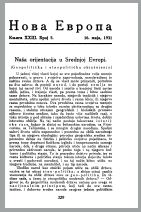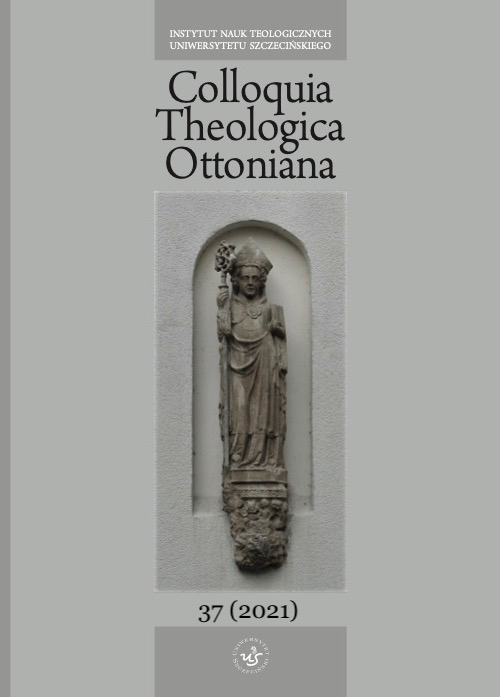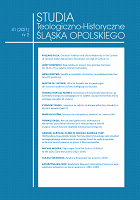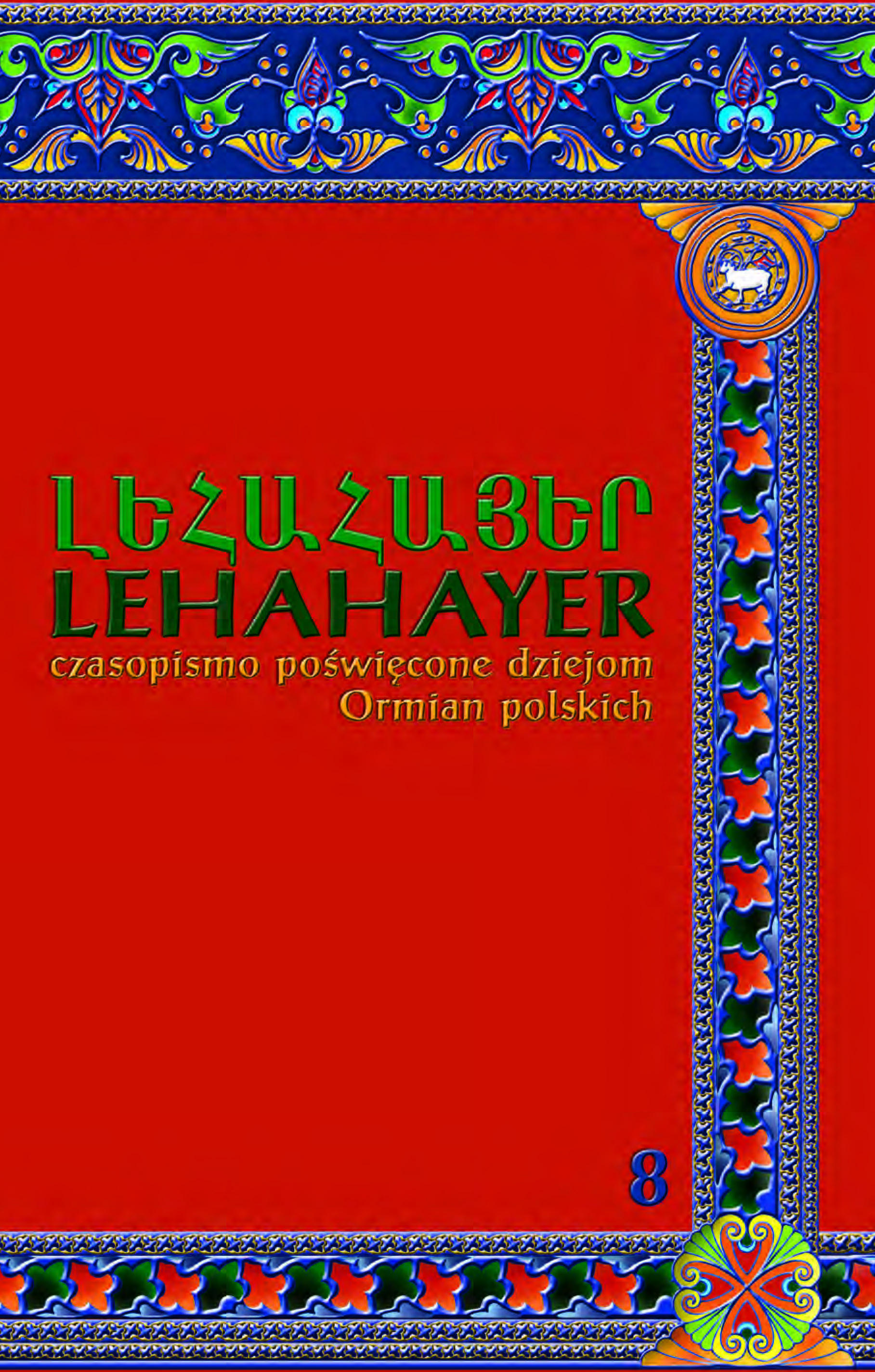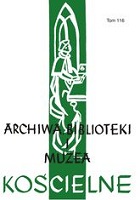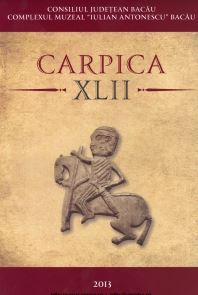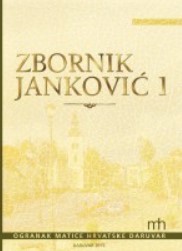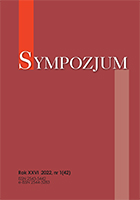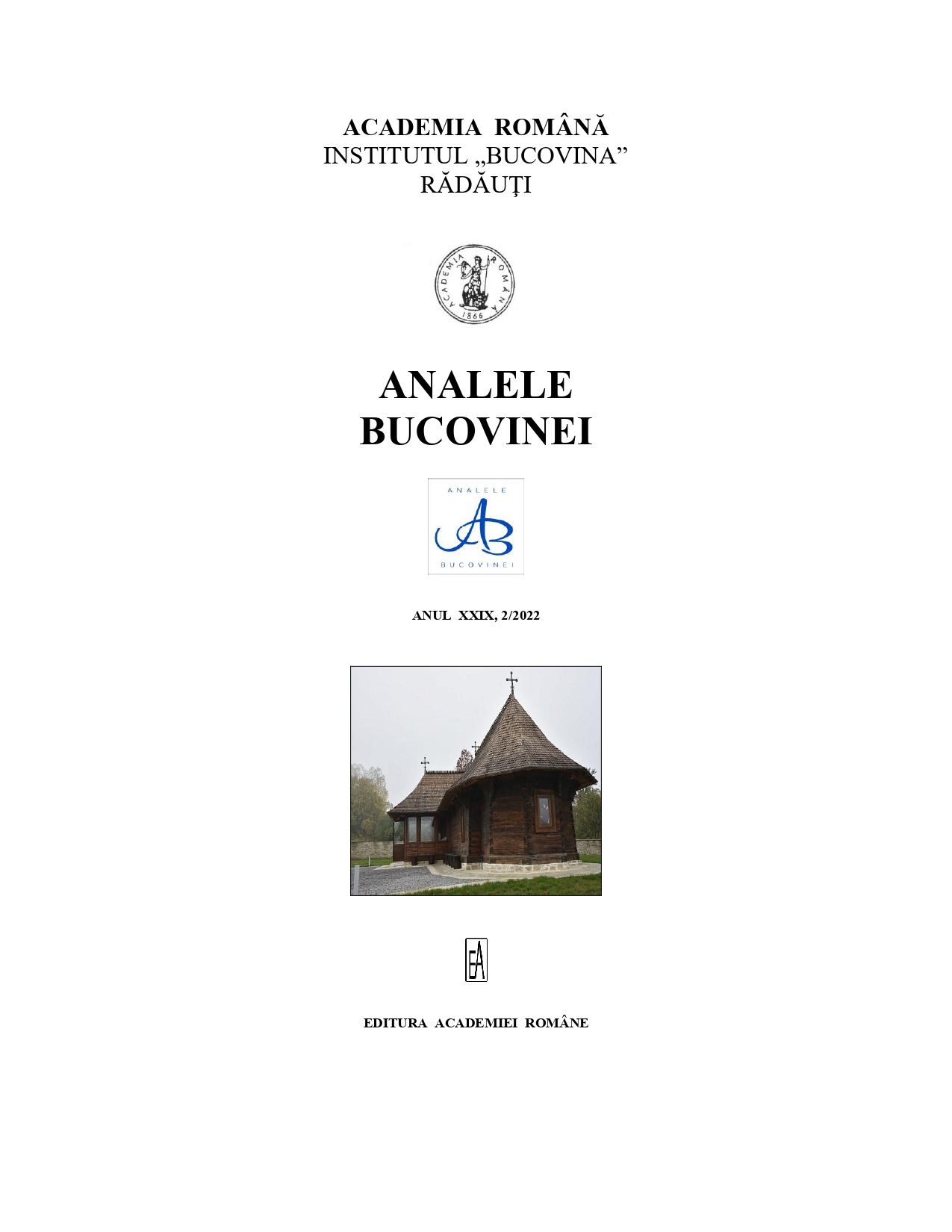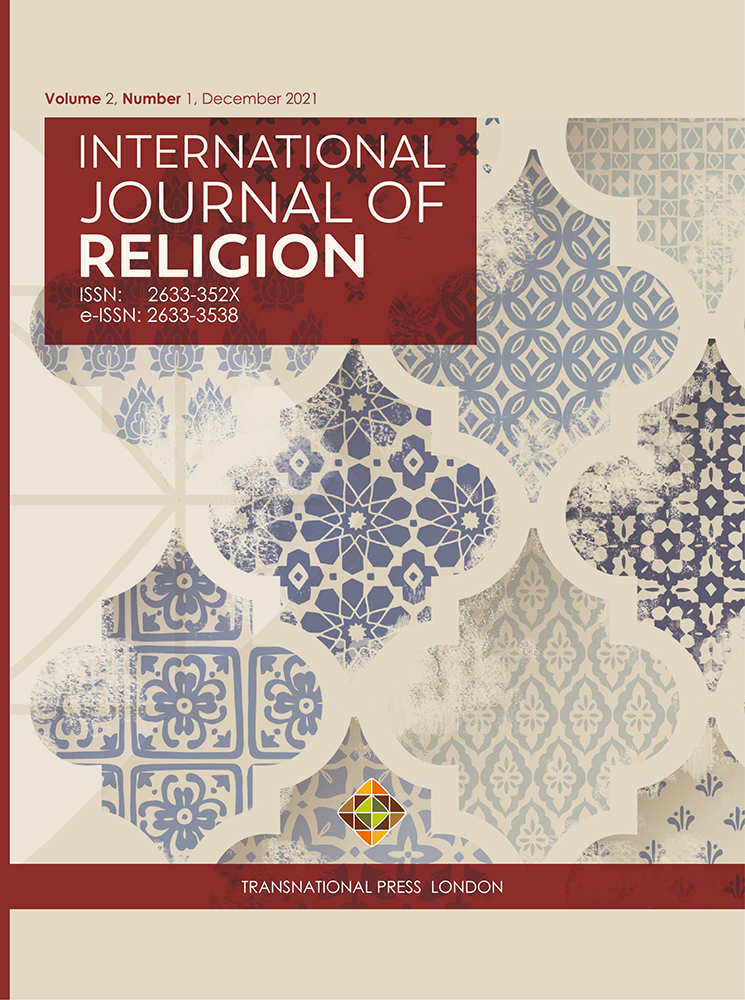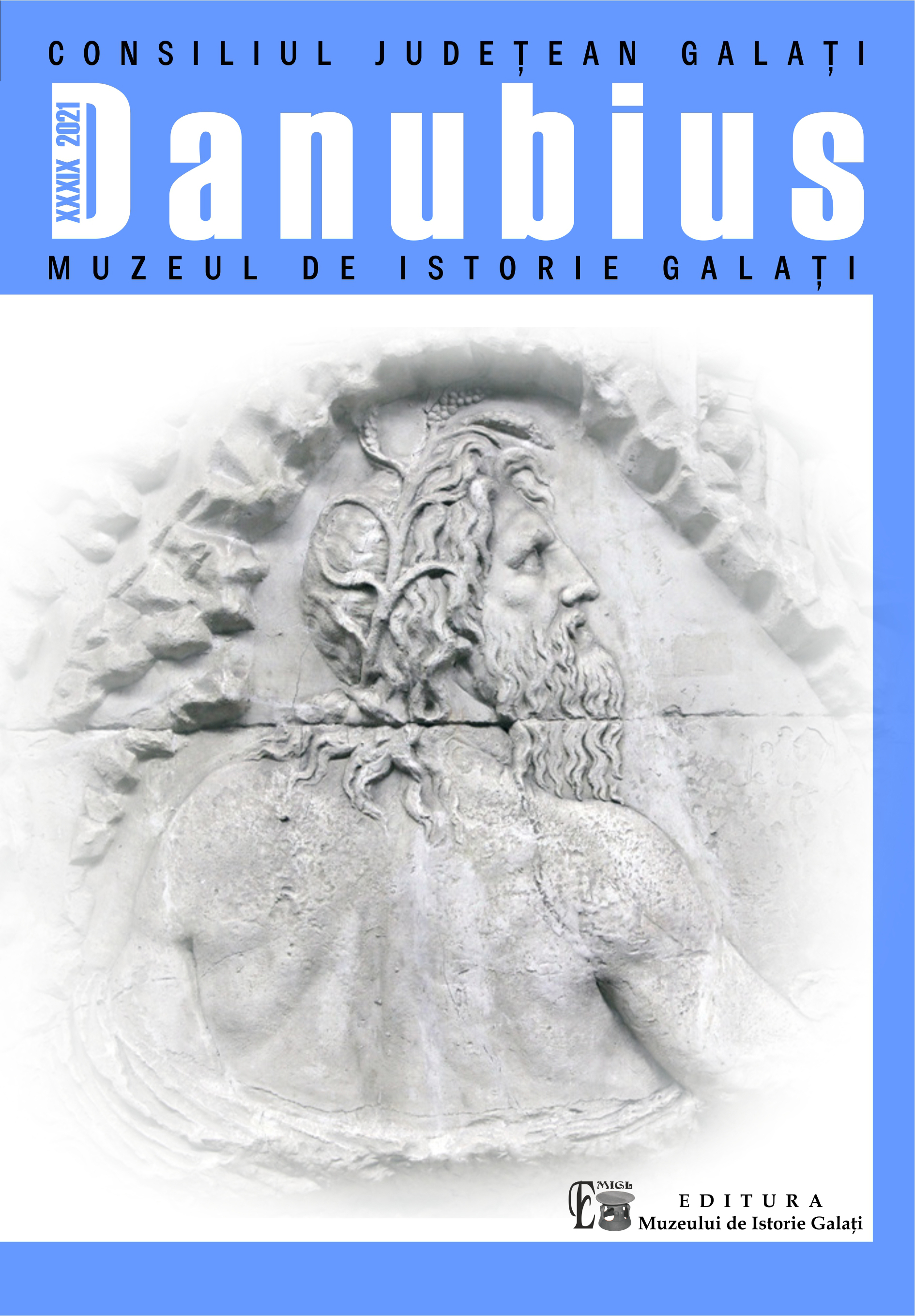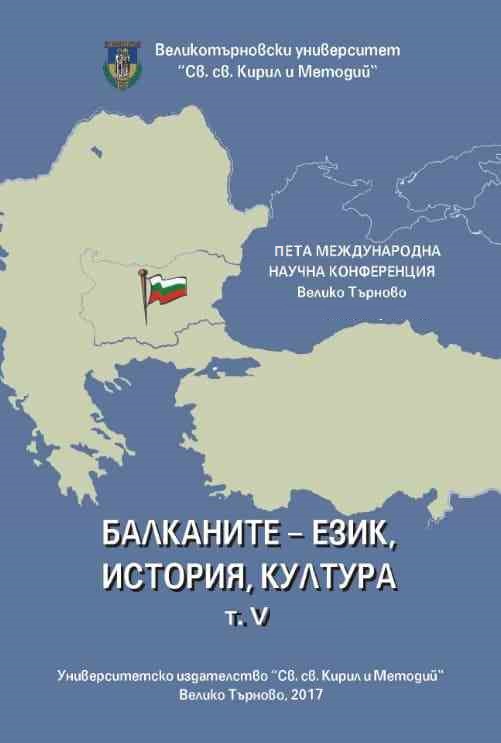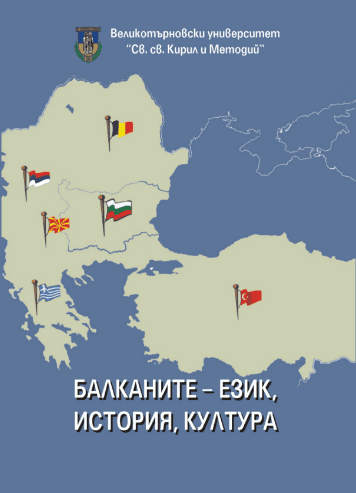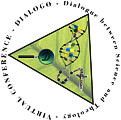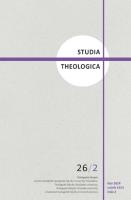Author(s): Piotr Salwa,Joanna A. Kościelna,Kazimierz Bem,Jerzy Sojka,Dariusz Krawczyk,Wojciech Kordyzon,Waldemar Kowalski / Language(s): Polish
Issue: 1/2022
Review of
Andrzej Tadeusz Staniszewski, Historyje krakowskie. Funkcjonowanie narracyjnych tekstów popularnych we wczesnonowożytnej aglomeracji krakowskiej, Kraków 2020, Wydawnictwo Uniwersytetu Jagiellońskiego, ss. 320, 1 nlb., 8 ss. tabl., faksymilia
Drew B. Thomas, The Industry of Evangelism. Printing for the Reformation in Martin Luther’s Wittenberg, Leiden 2022, Brill (Library of the Written Word – The Handpress World, vol. 96), ss. 360
Theodore Beza at 500. New Perspectives on an Old Reformer, ed. by Kirk Summers, Scott M. Manetsch, Göttingen 2021, Vandenhoeck & Ruprecht, ss. 391
Kazimierz Bem, Calvinism in the Polish-Lithuanian Commonwealth, 1548–1648. The Churches and the Fait hful, Leiden–Boston 2020, Brill (St. Andrews Studies in Reformation History), ss. LIII, 322, il.
Michael P. Winship, Hot Protestants. A History of Puritanism in England and America, New Haven–London 2018, Yale University Press, ss. 351, 24 il.; David Hall, The Puritans. A Transatlantic History, Princeton–Oxford 2019, Princeton University Press, ss. 517
Valerie Smith, Rational Dissenters in Eighteenth-Century England. ‘An Ardent Desire of Truth’, Woodbridge 2021, Boydell Press, ss. 345
Elisabeth Heigl, Zwischen Selbstverwaltung und „furor cameralisticus“. Die Finanzverwaltung der Universität Greifswald 1566–1806, Stuttgart 2021, Franz Steiner Verlag (Beiträge zur Geschichte der Universität Greifswald, Bd. 13), ss. 520, 15 il., 41 wykr., 26 tab.
Pasquale Guaragnella, Desiderosi del vero. Prosa di nuova scienza dal primo Galileo a Benedetto Castelli, Lecce 2021, Argo (Biblioteca Barocca e dei Lumi, vol. 21), ss. 264
More...
